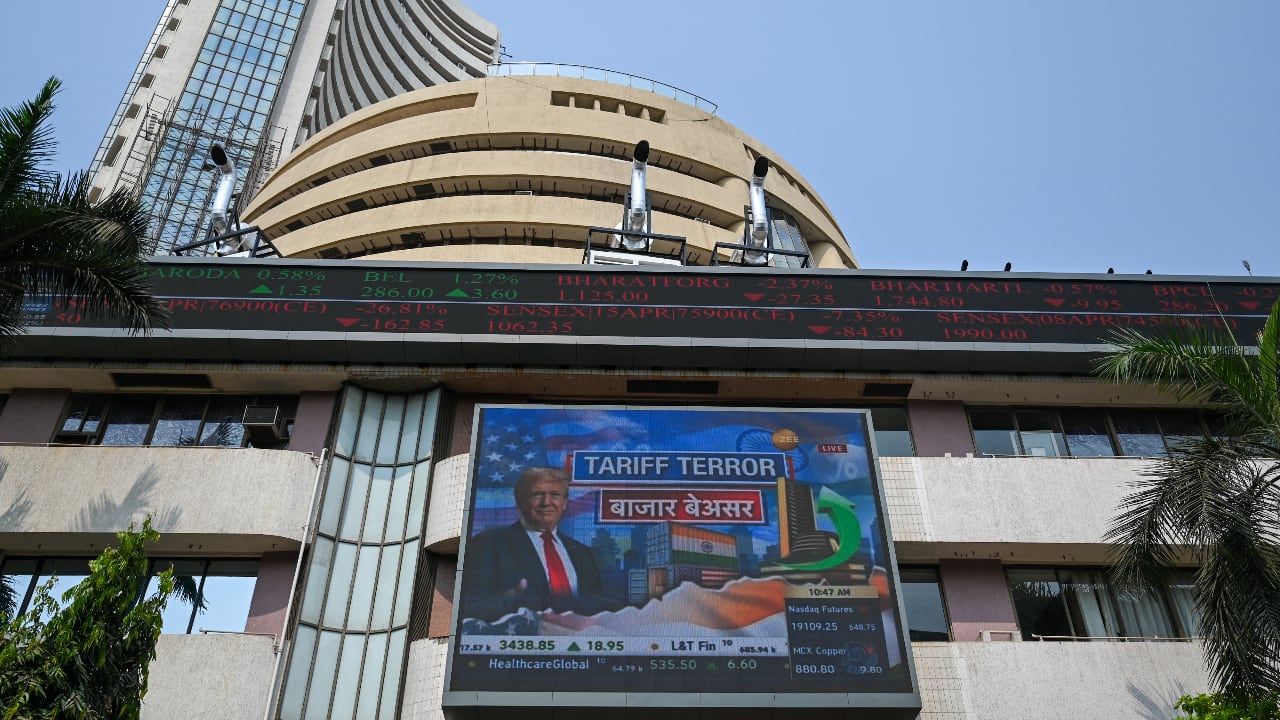Benchmark indices Sensex and Nifty tumbled nearly 4 percent each on April 7, roiled by fears of a trade war following China's counter-measures to US President Trump's reciprocal tariffs, triggering recessionary fears. Despite the sharp selloff in reaction to this risk to growth, Indian equities are nowhere near their worst selloff. Here are the five biggest crashes seen by the Indian stock markets over the years: The Harshad Mehta scam, 1992: Stock broker Harshad Mehta had allegedly used loopholes in the banking system & Bombay Stock Exchange transaction system to rig share prices of companies.
The 'Big Bull' was accused of taking money using fake bank receipts (BRs) and pumping it into shares, inflating stock prices by a staggering 4,400 percent . As a result, the BSE Sensex rose from 2,000-mark in January 1992 to 4,000-mark in March 1992. When the scam was exposed, stock markets massively crashed, and on April 28, 1992, Sensex fell nearly 13 percent, recording its sharpest single-day fall then.

The Sensex tumbled nearly 56 percent from between April 1992 and April 1993, and it took the stock market nearly two years to recover from the crash. Lehman Brothers collapse, 2008: The most brutal crash occurred in 2008 when the collapse of US banking giant Lehman Brothers sent shockwaves across global financial systems. Confidence in banks and financial institutions plummeted, leading foreign investors to swiftly pull their funds from emerging markets like India.
The result was a catastrophic selloff, with Sensex falling 7.4 percent on January 21, 2008 as the global financial crisis unfolded. Sensex, Nifty, and Nifty 500 each plunged over 60 percent from their yearly peaks as the selloff intensified later.
After nearly three years, Indian equities staged a powerful recovery to post record-breaking returns. COVID-19 market crash, 2020: With the onset of the COVID-19 pandemic , the country went into a stringent lockdown, significantly hampering demand, supply and business in general. Markets strongly reacted due to the loss of business and the ensuing uncertainty, with Sensex crashing over 39 percent in just two months to hit a low of 25,639 in March 2020.
On March 23, 2020, the benchmark index plunged over 13 percent. Markets however strongly recovered later as retail investors joined equity markets in large numbers. Election Day result, 2024: The results of the 2024 Lok Sabha elections were declared on June 4, and while the BJP-led NDA obtained a majority by winning over 290 seats in the Lok Sabha, BJP fell short of getting a majority on its own, missing the halfway mark by nearly 30 seats.
The results were unexpected as many exit polls had predicted that BJP would come back to power with a big margin. On Counting Day, June 4, stocks suffered their worst intraday fall since March 2020, with NSE Nifty 50 index ending down 5.93 percent and Sensex falling 5.
74 percent. The indices had fallen as much as 8.5 percent in the trading session after hitting record highs on June 3, after exit polls predicted comprehensive win for the NDA.
Trump's reciprocal tariff, 2025: Indian stock markets are in strong downturn, mirroring the panic reflecting across asset classes such as equities, precious metals and crude oil, rattled by US President Trump’s reciprocal tariffs and the counter-measures to it by EU and China. Sensex tumbled 4 percent to hover around 72,485. Nifty meanwhile fell nearly 1,000 points to stand at nearly 22,000.
.
Politics

As Sensex, Nifty track global selloff on Trump tariffs, these are the five biggest domestic crashes on Dalal Street















